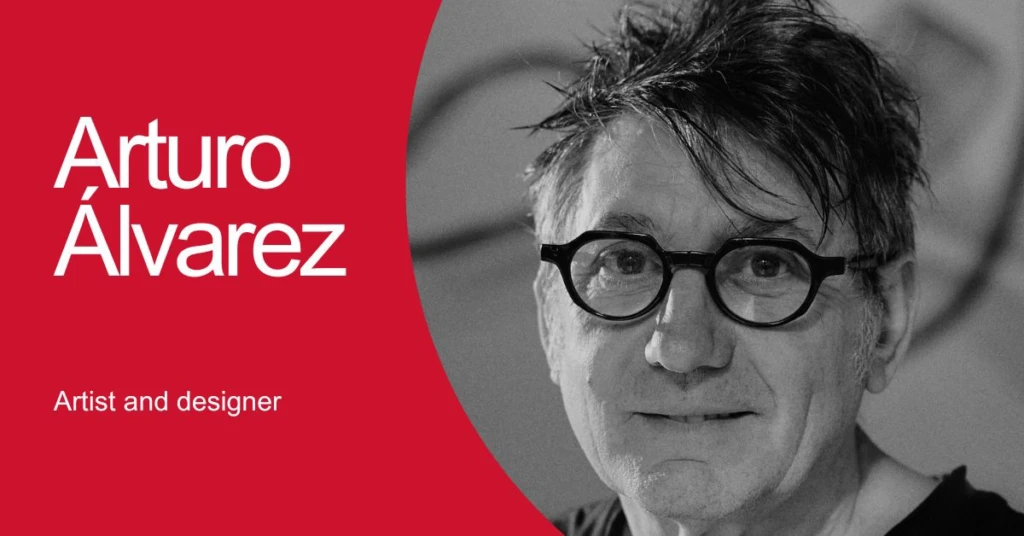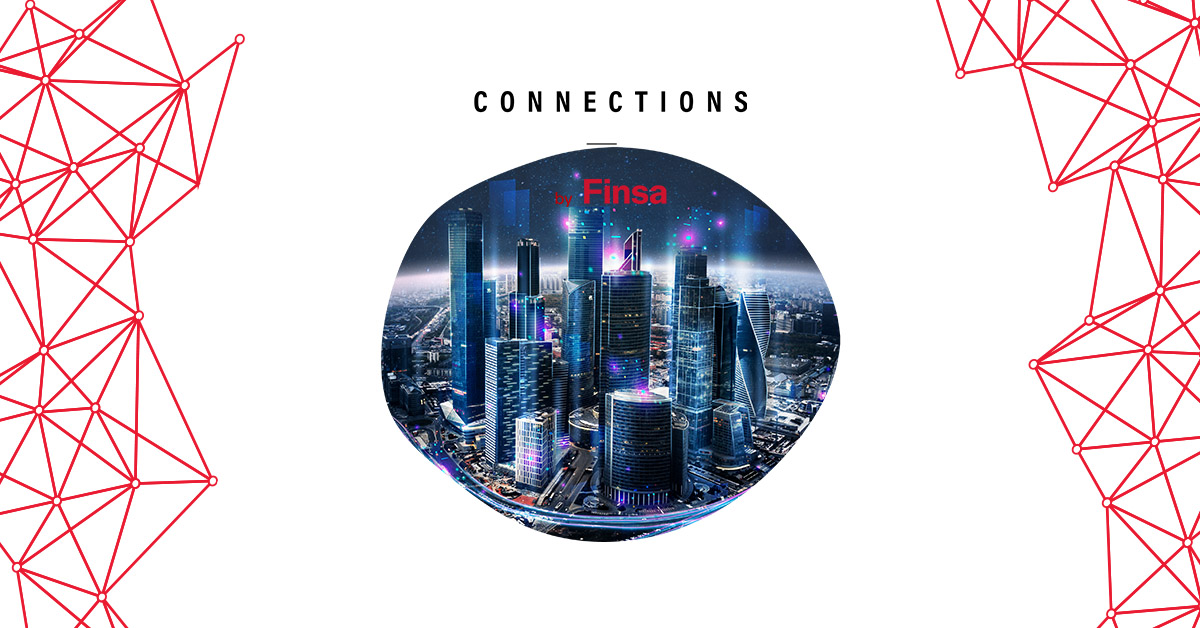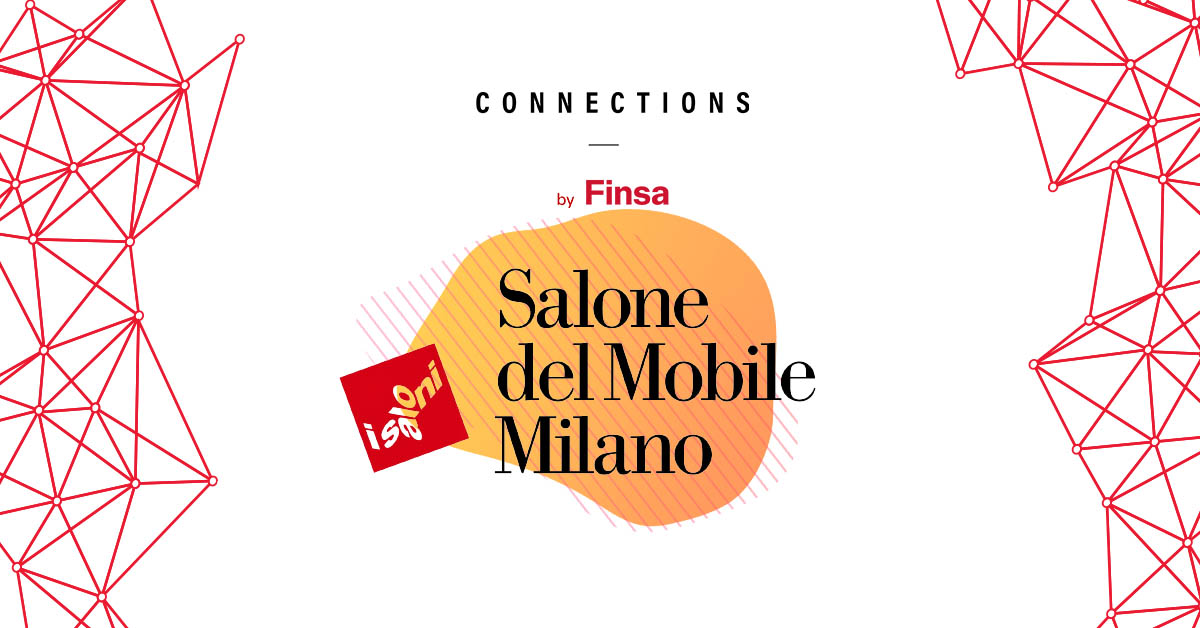Arturo Álvarez says he didn’t have too many headaches when he sold his lamp company in the midst of the pandemic to downsize and delve deeper into creating unique artistic pieces focused on sustainable luxury. A true example of courage and character.
With over thirty years of experience, Álvarez has established himself as a global icon, with works exhibited in museums and contemporary art galleries. Among his most recent awards are the Best of Year of Interior Design in 2014 and the prestigious Good Design Award given by The Chicago Athenaeum in 2008 and 2009. His work has been acclaimed in renowned magazines such as Domus and Architectural Digest, and his pieces are found in the most exclusive spaces around the world, from Michelin-starred restaurants to private collections. In this CONNECTION WITH… Arturo Álvarez shares his vision on the evolution of contemporary design and the challenges of sustainability in art and lighting.

You’ve worked with glass, light, wood… and also with whatever you find around your workshop. What is your favorite material and why?
I don’t have a favorite material. Throughout my career, I have experimented with many different materials, decontextualizing them from their usual uses, undoing them, and reconstructing them. I have created others, mixing different elements to achieve textures that interested me, such as to enhance the light. Lately, I’ve been working in many different ways, with different metal meshes. My relationship with materials is a constant search and investigation that leads me to new languages and expressive forms.
Ver esta publicación en Instagram
You were awarded for creating a new material: Simetech. How was that ideation process? Are you working on new proposals?
Simetech emerged from the need to seek texture, transparency, flexibility and enhance a warm light. Now, as I was saying, I’m exploring metal meshes, volumes, the shadow projections they create when applying light to them, and the effects of three-dimensionality.
How do you get inspired in your daily life? Are you more digital, do you prefer experiences beyond screens, or do you combine both?
For me, everything is a source of inspiration, but especially the nature of Galicia, travel, conversations, the light at dawn or dusk, the rain… I’m not at all digital when it comes to work; I really like using my hands, making models, playing with materials, undoing things to create something new again.
How did you get into sculpture? And how to combine it with lighting?
It was a natural process, I went through cycles and needed to go further at each stage, questioning things. I grew tired of making utilitarian lamps in series; I needed to express myself in other ways, and that’s how the sculptures, the volumes, the projections on walls, ceilings, or floors emerged. Light, nowadays, is beginning to be an accessory. My career is linked to light and it’s a familiar language, but over time it’s becoming secondary. I’m more interested in what I can convey with sculptures.
Ver esta publicación en Instagram
Was it difficult to make the decision to sell a company in the midst of a pandemic and opt for downsizing?
Selling the lamp company wasn’t difficult at all; in fact, we’d already been thinking about it; the pandemic was the excuse to do it. We wanted to have a very well-designed project, an art studio/gallery, doing what I truly love: unique pieces and limited editions.
How did you decide to combine your studio and gallery, and what does this space offer you?
I did it in what was the old warehouse where the lamp company was born. The curious thing is that the nine exhibition halls were already there. All I did was empty all the spaces and leave them for display. The studio is wonderful, and I feel very fortunate to have it because it allows me to create many different installations, which I change throughout the year. It’s very evocative and thought-provoking, and it helps me a lot in the creative process.
Your works introduce art into retail spaces. How do unique pieces that are completely different from mass-produced designs get accepted in this sector?
Retail isn’t really our core business, and if we’re talking about retail, there are very few spaces, select ones, that work at a high or very high level, and that also incorporate art. Our main line of work is residential, institutional, commercial, and customized projects.
Which project are you most proud of?
All projects are always attractive, especially when they ask me for something ad hoc, as is the case of a collaboration with Finsa for Milan Design Week: Underlight. Getting out of my comfort zone and exploring other topics than those I usually cover is always stimulating and a good exercise for creativity.
Ver esta publicación en Instagram
What can visitors see at the Underlight exhibition in Milan Design Week?
Underlight aims to tell the story of Finsa’s life from a more emotional perspective, highlighting its values, establishing the union between noble raw materials and human interaction in a permanent dialogue, and emphasizing the Atlantic connection. We are Atlantic, and that defines the company’s personality, as well as serving as a means of communication, uniting cultures and branches.
I do all this using various installations, sculptures to which I apply light, creating large-scale projections on the wall. The three-dimensionality they acquire makes the whole, which will be seen in every room, very powerful, even enveloping. By complementing the visual experience with olfactory and auditory aspects, we seek to enhance the emotional, primitive, ancestral element with which we all connect. The front garden will feature large sculptures representing human figures, located in a setting simulating a forest, as a prelude to what can be enjoyed inside.
In this exhibition, you will be able to see the processes I use and the way I am interested in showing them. For me, the most important thing is that the observer leaves surprised and with an internalized idea of Finsa’s values, that Finsa is much more than what meets the eye.




